Diana: Twenty Years Later, Part One
For those of us of a certain age, it’s hard to believe that Diana, Princess of Wales will be gone twenty years come August 31st. The Anglophiles and Royalty Watchers among us thrilled to her (comparative) rags to (greater) riches story, plucked from the obscurity of being a mere earl’s daughter and thrust into the international limelight, to become the future Queen of England! We ate up every moment of that fairy tale wedding, cheered when she promptly produced the required “heir and a spare”, ogled every glamorous evening gown, ball gown, tiara-tufted coiffure and stylish ensemble, cherished every glossy magazine cover and followed her every move, even in the days without 24/7 news coverage, the internet, and Twitter.
We also pitied her loveless marriage, hooted her rival, forgave her own romantic indiscretions, worried over her depression, bemoaned the end of her marriage and felt her pain. Finally, we seemed to breathe our last with her own, at that tragic, twisted metal scene in that Paris tunnel; we mourned and cried and eulogized and remembered.
And then, being human, we moved on. We had our own lives to lead, our own fantasies to actualize, our own tragedies and hardships to bear. Yes, we moved on, but we didn’t forget. Like a dream that slips away just as we awaken, Di stayed with us, but as a fleeting image on the edge of consciousness, a half-remembered recollection, a reminiscence of something sweet and pure and lovely, and perhaps not quite of this world.
Now, twenty years after her untimely death, it may be time to re-examine Diana, at least astrologically, with a particular eye to some tools in the toolbox we didn’t have at the time. Let’s begin at the beginning, on July 1, 1961, at 7:45 PM GDT, in Sandringham, England (Rodden Rating A) with the birth of Lady Diana Spencer.
From the get-go, it should have been apparent that death would play a major theme in Diana’s biography. Several death indicators have a prominent role in the birth chart. Asteroid Atropos, named for the mythic Greek Fate who severs the thread of life at death, is exactly conjunct the Sun at 9 Cancer. Asteroid Lachesis, her sister Fate, who determines the span of life, appears at 24 Sagittarius, not only conjunct the 18 Sagittarius Ascendant, but also aligned with the Galactic Center at 26 Sagittarius, a point which confers global notice and awareness, suggesting that her death could be a universally-recognized event. Asteroid Rip at 28 Aquarius (for the acronym “RIP”, “Rest In Peace”, a common tombstone inscription) conjoins the Moon at 25 Aquarius. Having three such indicators in conjunction with the three most powerful chart points is a clear statement of the importance of this theme.
Additionally, asteroid Anubis, named for the ancient Egyptian deity governing funerary rites, falls at 14 Gemini on the 18 Gemini Descendant, providing angular power and importance, while asteroid Osiris, named for the Egyptian god of the dead, appears at 29 Gemini, conjoined Mercury at 3 Cancer, suggesting her death would make news. Finally, asteroid Requiem, named for the funeral mass for the dead, lies at 5 Virgo, sandwiched between Mars at 1 Virgo and Pluto at 6 Virgo, which together constitute a pairing that evokes the potential for a violent death.
So from the very first moment of Diana’s life, we see an unusual emphasis on death, separation, and loss. Diana’s parents divorced when she was 9; her marriage to Prince Charles ended in divorce as well; and of course her death was one of the biggest news stories of 1997.
Another major factor in Diana’s life was her relationship with the Press. This is reflected in the conjunction of the Sun and Mercury at 9 and 3 Cancer, showing that the Press had the potential to be pivotal in who she became; in expressing, or rather, in creating, her core being, her true essential self. Diana’s relationship with the Media was a love/hate relationship wherein both sides used the other; at times they deified her, and at times she was crucified. But like all co-dependent relationships, these partners could never be truly parted. Diana played on the Press as on a finely tuned instrument, but it was also a knife that could turn in her hand, and the constant pressure of the paparazzi, with its voracious and insatiable lust for more Diana to sell, played a leading role in her growing discontent, as well as in the manner and timing of her death.
Perhaps the most telling major configuration in the chart is the T-Square formed of the Moon at 25 Aquarius, opposed Uranus at 23 Leo, with Venus on the fulcrum of this pattern at 24 Taurus. This sums up much of Diana’s predicament and her challenges: the early separation from her mother and the detached, isolating domestic atmosphere during her marriage (both Moon/Uranus); the loveless union with a man who was more suited to be her friend than her lover (Venus/Uranus); and the conflict she herself felt between her contrasting visions of love and romance (Venus) and true intimacy (Moon).
If we focus our lens more deeply, we find an astounding resonance between Diana’s biography and her natal PNAs (Personal-Named Asteroids), asteroids which describe herself and those places and people she was most connected with.
Let’s start with points at station. Stationary bodies exert a power and importance in the life far out of proportion to their usual influence, whatever type they are. They are the still points upon which the chart revolves, embeds in consciousness which drive the individual and stand out to others.
Diana has a remarkable number of these points in her birth chart, and the bodies are themselves remarkable. First, both of the PNAs representing her, asteroids Diana and Spencer, are at station! Diana is Stationary Direct, turning on her actual birthday, and Spencer is Stationary Retrograde, turning five days later. These are in a Grand Trine with the Sun, Diana at 15 Scorpio and Spencer at 12 Pisces (all stationary bodies are roughly trine the Sun, either before or behind, but not always within actual orb of aspect).
So let’s pause and imagine that, shall we? Both her first and last name are standing perfectly still in the heavens, and both are in aspect to her Sun, her essential self. What does that tell us?
For one, it says there will be an inordinate focus on her name. To this day, you have only to say the word “Diana” to conjure images of the Princess of Wales, and that effect was even greater in her lifetime. There was, and will be, only one “Diana”, for the entire globe.
But “Spencer” was just as pivotal in her story. Without that surname, she would likely never have married Charles. In the “not-yet-ready-for-peasants” royal nuptial sweepstakes of the time, being the daughter of an earl, and thus a member of the aristocracy, was an enormous advantage to Diana, and a prime motivator in her selection as Charles’ bride. Gone were the days when a sovereign of England could snap her fingers and snap up a continental princess for her heir, but she was bloody well not going with a commoner! (Yes, we’ve relaxed that rule in the next generation.)
And just as important is that Grand Trine, which we’ll look at more closely in a bit. For now, suffice to say that the trine aspect from Diana to the Sun shows an ease of being herself, a gift of authenticity. If Diana had been squared the Sun, it would have been a tougher fit, but as is, the name fit her like a glove, imparting a level of genuineness that served her well throughout her life.
But there are other points at station; quite a few of them, in fact. There is no “Charles” asteroid, but there are several suitable celestial stand-ins, and one of these is “Charlotte”, the closest match to Charles in English. And we find asteroid Charlotte in that same area of the chart, at 7 Scorpio, just 8 degrees apart from Diana, suggesting a link between them, a connection, a union, if you will. Not only that, but Charlotte also came to station on Diana’s birthday! This increases the intensity of the conjunction itself, and encourages Diana to react to those with that name resonance as somehow co-equal, as partners, as mirrors of herself.
And what lies between them? Neptune! At 8 Scorpio, Neptune is already at its station degree, but will not turn until almost three weeks later, so cannot be considered stationary in a technical sense, although it occupies the same space. Now think of that – Diana and Charlotte (Charles), bound together, but separated by Neptune, the great dissolver! This says so much about their relationship, it leaves one breathless! Begun in typical Neptunian fashion, with an excess of romanticism, fantasy, unrealistic expectations, a lack of practical consideration of the consequences or likely outcomes, and that incredibly dramatic, over-the-top fairy tale wedding, their union soon dissolved into isolation, disappointment, unrequited love, vague mental disturbance (in her depression), deception between them, and finally, separation and divorce. Classic Neptune: sucks you in, then leaves you wanting.
Also conjunct Diana is a stationary asteroid Paris at 16 Scorpio, which turned direct 9 days after her birth. This incredible conjunction lays out the powerful connection between Diana and the City of Light, which would be where her light was extinguished. From the moment of her birth, Diana’s karmic connection to Paris was made abundantly clear.
There are additional factors on the Spencer side of this Grand Trine configuration which further detail her story. Chief among these is asteroid Hera, which at 0 Pisces turned retrograde the day after her birth. Hera is named for the Greek goddess of marriage, and it was marriage that made Diana. Whatever its faults and hardships, Diana could never have become the glowing, glittering icon of her age, could never have reached her full potential, without that union with Charles and the exposure that being a member of the Royal Family conferred on her.
One more point to consider with Hera – jealousy and infidelity. Unlike her Roman counterpart Juno, Hera’s energies are tinged with venom, born of a rejection (or rather, repeated rejections) by her husband Zeus, who always seemed to be in love with someone else. The resonance of this theme in Diana’s marriage is obvious. Thwarted in his desire to marry his true love, Camilla Parker Bowles, Charles entered into his contract with Diana less than wholeheartedly. His affection for Camilla never waned, and Diana herself described the situation as “there were three in that marriage”. Eight years after her death, Charles finally wed the love of his life, and she sits at Diana’s place today.
The final stationary point is asteroid Rip, which at 28 Aquarius turned retrograde just five days before Diana was born. Rip is a death indicator generally, and its stationary status again hints at a prominent, noteworthy, highly public demise. But it also functions in a commemorative role, based in its inclusion in so many grave markers. Not simply death per se, Rip is also the mark one leaves behind, the visible remnant of one’s passing. Diana’s funeral on September 6, 1997, drew a global audience of more than two billion, making it one of the most-watched events in human history. The masses upon masses of floral tributes and other offerings left outside Buckingham Palace, her own homes at St. James and Kensington Palaces, and other venues was staggering in its breadth and scope. At the clean-up after the funeral, London officials estimated that between 10 and 15 billion tons of bouquets, including more than 60 million individual flowers, had been left. This vast amount of plant material was mulched and used to fertilize flowers at Kensington Gardens, adjacent to Diana’s home.
We spoke briefly above about the Grand Trine created by the Sun, Diana and Spencer. But Grand Trines, though creative and fertile, need a catalyst to truly thrive and perform. This is provided by planets or points, if any, which oppose one or more corners of the Grand Trine, creating a “string” to guide the resulting “Kite” pattern.
In Diana’s case, this string is provided by an opposition from Diana, Neptune and Charlotte to asteroid Carla at 13 Taurus. Carla is another of those “Charles” variants, the feminine form of his name in Italian and Spanish. This represents Charles as the driving force for the latent potential of the Grand Trine, once again reinforcing the importance of the marriage for Diana’s full actualization. Also here are PNAs depicting Diana’s parents, John, Earl Spencer, and Frances Shand Kydd, in the form of asteroids Johney and Francis (male version of Frances) at 17 and 16 Taurus. Having PNAs for both parents in such proximity (and moreover, in square to the Moon, which is the mother, family and early childhood) is certainly rare (although parents’ names will typically show up in significant aspect). The implication here is that both mother and father were instrumental in helping Diana craft her self-identity, in preparing her for the role she would assume in adulthood.
The final referent for Charles, asteroid Carol (Romanian for Charles, based in the original Roman name, Carolus), appears at 14 Gemini, conjoined the 18 Gemini Descendant, the cusp of the Seventh House, ruling partners. So all three Charles variants repeat the theme of a special connection with someone of that name, which dominates Diana’s life.
Her bete noir Camilla Parker Bowles is there, too, in the form of asteroids Camilla and Parker. Camilla at 3 Leo is squared Charlotte and Neptune (but is too wide to aspect Diana directly, suggesting a lack of connection or understanding between them) and forms a T-Square by opposition to Jupiter at 5 Aquarius. This shows a linkage between Charles and Camilla which is stressful (square) and affects reputation or standing in the world (Jupiter), as well as providing adverse publicity (also Jupiter). Camilla is also sextile asteroid Nemesis at 7 Libra, indicative of a block or hindrance to her happiness or ultimate goal, of a contented, successful marriage. Asteroid Parker at 1 Scorpio also factors into this T-Square, and moreover is conjunct Charlotte, with a lesser orb than Charlotte has to Diana, identifying which person in this royal love triangle Charles was closer to.
Her children are represented also, with asteroid Wil (for William, or “Wills”, as his mother called him) at 15 Gemini, angular on the Descendant, and asteroid Henry ((Prince Harry’s given name) at 24 Aries, on the 23 Aries IC, also angular. Angular placements show prominence, and Henry is also in the Fourth House of family, while Wil is exactly inconjunct Diana. (There is also an asteroid William, which at 15 Capricorn is exactly sextile Diana and forms an exact Yod, or Finger of Destiny, with this point, Wil at the Apex.)
A few additional factors to discuss. Venus at 24 Taurus is trine Saturn at 27 Capricorn. This suggests a loveless match, (Saturn/Venus), but also a potentially workable one (trine), on a business level (Saturn), as well as an attachment to a partner who is considerably older (Charles was almost 13 years her senior). Also connected to Venus is a pairing of asteroids Achilles and Juno at 25 and 26 Pisces, in sextile to both Venus and Saturn, roughly on their midpoint; the implication is that the marriage partner (Juno), or the union itself, constitutes a weakness or vulnerability (Achilles) of some sort for Diana.
What of Diana’s role as queen, which obviously never happened? The potential is there, with asteroid Regina (Latin for “queen”) at 19 Gemini conjunct both Carol and the Descendant – in short, becoming Queen (Regina) via partnership (Descendant) with Chares (Carol). The fly in the ointment here is a tight trine from Regina to asteroid NOT at 20 Libra (on the 23 Libra MC, no less), a general significator of a halt or cessation to progress, a negation of potential. Asteroid Rey (Spanish for “king”) at 21 Virgo squares Regina, suggesting friction between the male and female halves of this royal match. Asteroid King at 18 Aquarius conjoins the Moon and squares Venus, an indicator of a potential for sharing a home (Moon) with a future sovereign (King), as well as a partnership with him (Venus).
Diana famously opined, in her November 1995 interview with Martin Bashir, that she “always knew I’d never be the next queen. I’d like to be a queen of people’s hearts, in people’s hearts, but I don’t see myself being queen of this country.” The chart grants her that wish, as well. Asteroid Queen’s at 28 Leo is closely trined to asteroid Valentine at 29 Aries. Truly, Diana was a “Queen of Hearts” for the ages.
In Part Two of this series, we’ll look at Diana’s relationship with Charles; Part Three will focus on her final years and death.

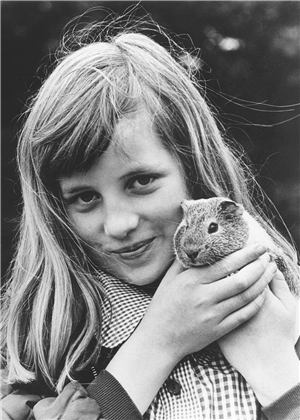
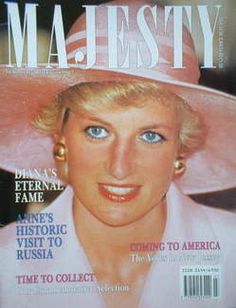
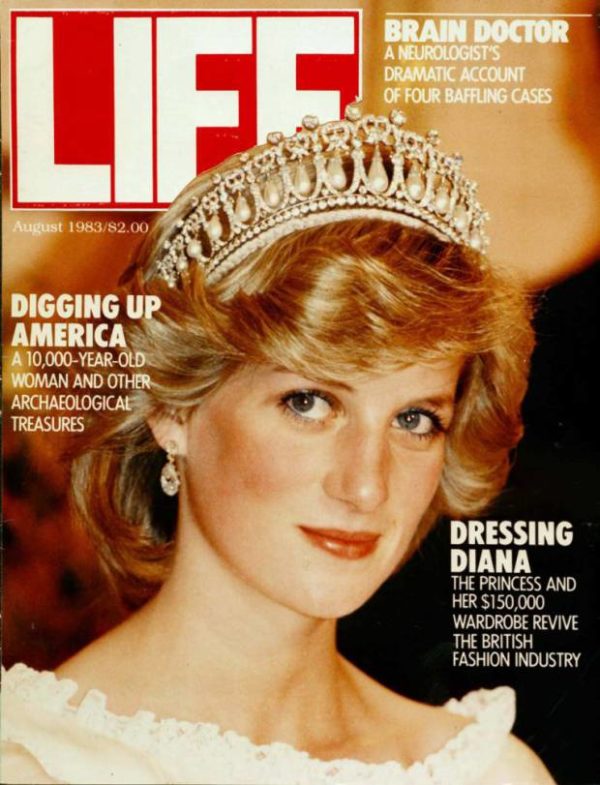
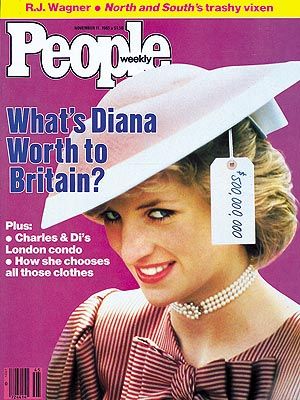


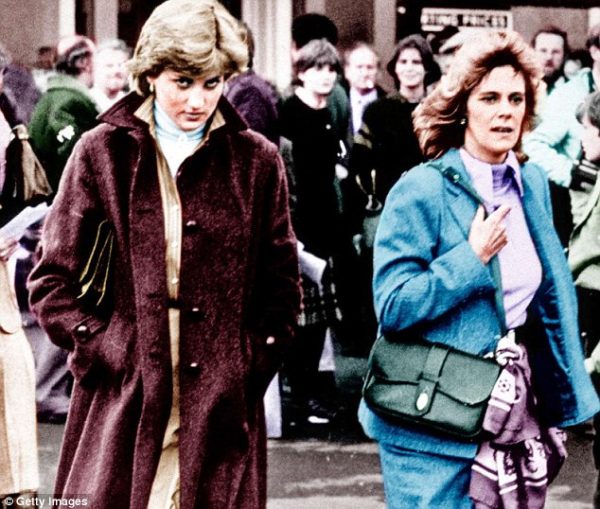
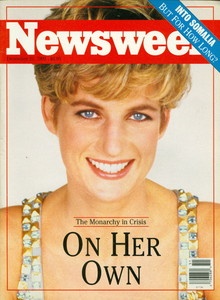
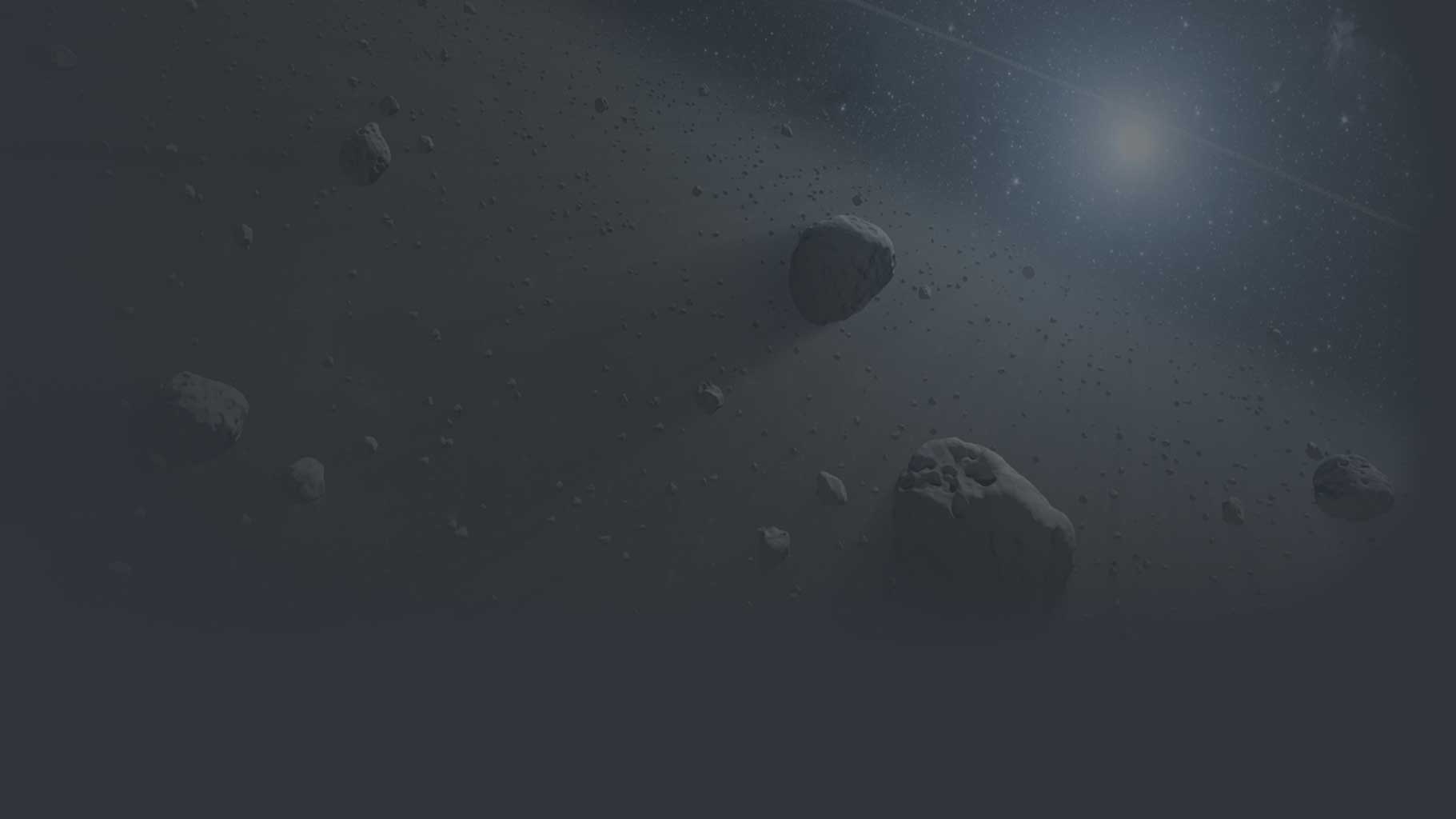
2 comments, add yours.
Stephany Rothschild
Alex,
Wonderful article. So look forward to anything that you write!
Thank you so much.
Stephany
Alex Miller
AuthorThanks, Stephany! Wait ’til you see Part Two! That’s got all the dirt in it! :^)